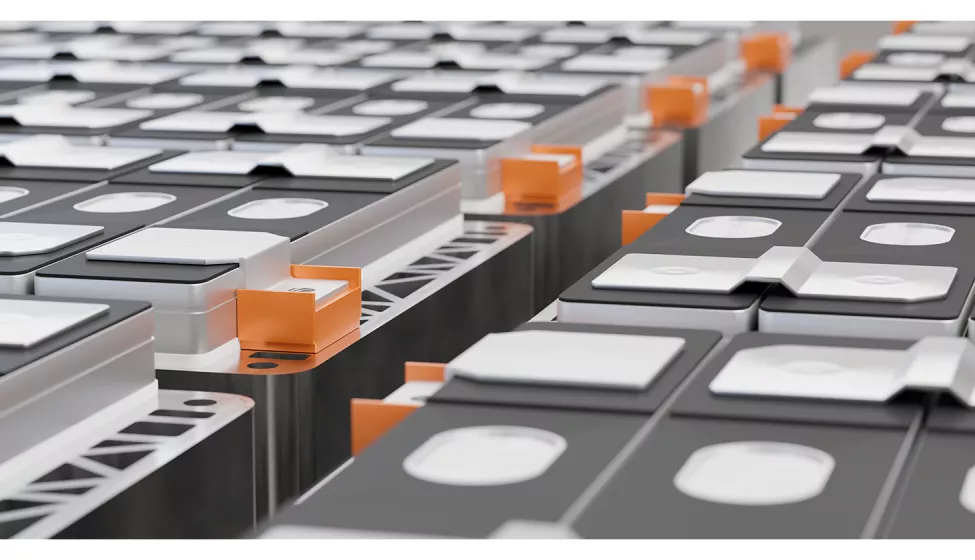December 11, 2018
Lithium-ion batteries are ubiquitous in modern life. Improved cost-to-performance ratios have enabled device manufacturers to use lithium-ion batteries in everything from mobile phones and medical devices to drones and electric vehicles.
Over the past two decades, there has been remarkable progress toward improving the safety, reliability and performance of lithium-ion cells. Similarly, device designs have become more sophisticated and afford a much more stable operating environment for the lithium-ion cells that power them. Despite the advancements that have made lithium-ion batteries safe and reliable enough for common everyday use, failures still occur, and most can be avoided.
Implementing a lithium-ion battery is more complex than simply reading a specification sheet and dropping the battery into the device.
A lithium-ion cell is not just an electrical component that provides energy to a device; a lithium-ion cell is best thought of as a small chemical reactor. Unlike less advanced cell chemistries, lithium-ion cells require the mechanical protection afforded by the battery compartment of the device and relatively complex electronic circuits that prevent operation outside of voltage and temperature limits. The battery, device, and charging accessories compose a system that must work in concert for safe, reliable performance.
Implementing a lithium-ion battery is more complex than simply reading a specification sheet and dropping the battery into the device. The better a device manufacturer understands this complexity, the better that manufacturer can prevent potential battery failure.
Lithium-ion battery failure spans a variety of outcomes, from undesirable performance issues like premature capacity loss to much more severe outcomes like thermal runaway. Thermal runaway — a series of uncontrolled chemical reactions that produce smoke, combustible gases, and fire — is a rare but often headline-making occurrence that only requires heating the active materials inside the lithium-ion cell to a threshold temperature. Thermal runaway can be caused by several completely avoidable situations, including exposure to an external heat source, mechanical abuse, or operation outside of voltage or temperature limits. Rare manufacturing defects can also cause an internal short circuit and heat the cell from the inside.
Avoiding battery failure begins with selecting the right cell for the application. An appropriately designed, well-made cell is the cornerstone of a safe and reliable lithium-ion battery. With little standardization beyond the physical size of the cell, it can be challenging to sort through the benefits and drawbacks of positive electrode compositions, electrolyte formulations, negative electrode materials, electrode configurations, and other design variables that have significant impact on cell performance.
Compounding the problem is the misconception that "more must be better." Highly optimized designs yielding cells with impressive specification sheets are rarely the right choice, especially for consumer electronic devices. Higher power and energy cells have their place, but increasing these performance metrics makes cells harder to manufacture, and pushing performance boundaries comes at a loss of reliability, cycle life, and durability that must be compensated for in other aspects of the battery design. Often, the safest, most reliable choice is not the cell with the biggest numbers but the one that displays high manufacturing quality and simply satisfies the requirements of the intended application.
While a well-manufactured, appropriately specified cell is paramount for safe, reliable battery operation, it has a very low probability of surviving in the field without the support of an appropriately engineered pack. Lithium-ion cells have very strict operational windows for voltage, charge and discharge current, and temperature. Failure to respect these limits will result in poor performance and can result in catastrophic thermal failure.
Uniformly, control over these critical parameters is tended to by an electronic control circuit, sometimes referred to as the battery management unit or BMU. The complexity of the BMU increases with the number of cells and the diversity and harshness of the intended operational environment. The need to thoroughly understand the actual requirements of the cells only adds to the challenge of designing a BMU that adheres to sound electrical engineering practice. While the cell specification sheet and applicable industry standards provide some guidance, there is no substitute for directly measuring the critical parameters and developing an understanding of the consequences of deviating from them.
Most often, lithium-ion batteries are implemented in mobile or portable devices. Drops, vibration, exposure to moisture, and other physical stressors are inevitable, and suitable mechanical protection is necessary for safe, reliable battery operation. Obvious requirements for the mechanical protection of a lithium-ion battery are supported by many industry standards. While these standards provide reliable ways to quantify the mechanical integrity of lithium-ion battery packs, it is rare that any standard or combination of standards can completely address all the potential ways mechanical damage may befall a battery pack.
To design effective mechanical protection for a lithium-ion battery pack, the device manufacturer must understand the general behaviors of the intended user group and any mechanical hazards unique to the intended device use environment. While no amount of engineering can defeat a motivated user, a well-developed understanding of reasonable and foreseeable misuse and abuse is necessary to design appropriate mechanical protection for a lithium-ion battery pack.
How Exponent Can Help
Exponent's Ph.D.-level battery experts take a team approach to solving battery problems that draws on appropriate skill sets from multiple scientific and engineering disciplines. Our battery experts have vast knowledge of battery failure modes and substantial experience supplementing our clients' internal engineering team efforts. With testing capabilities that range from medium volume to research level across the entire product life cycle, Exponent's breadth and depth of battery expertise are unparalleled.

